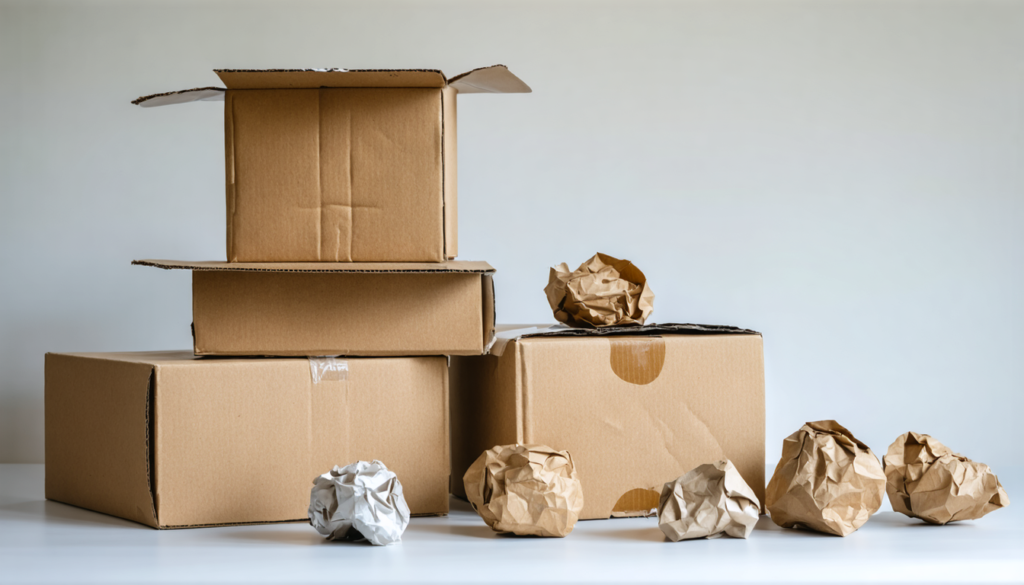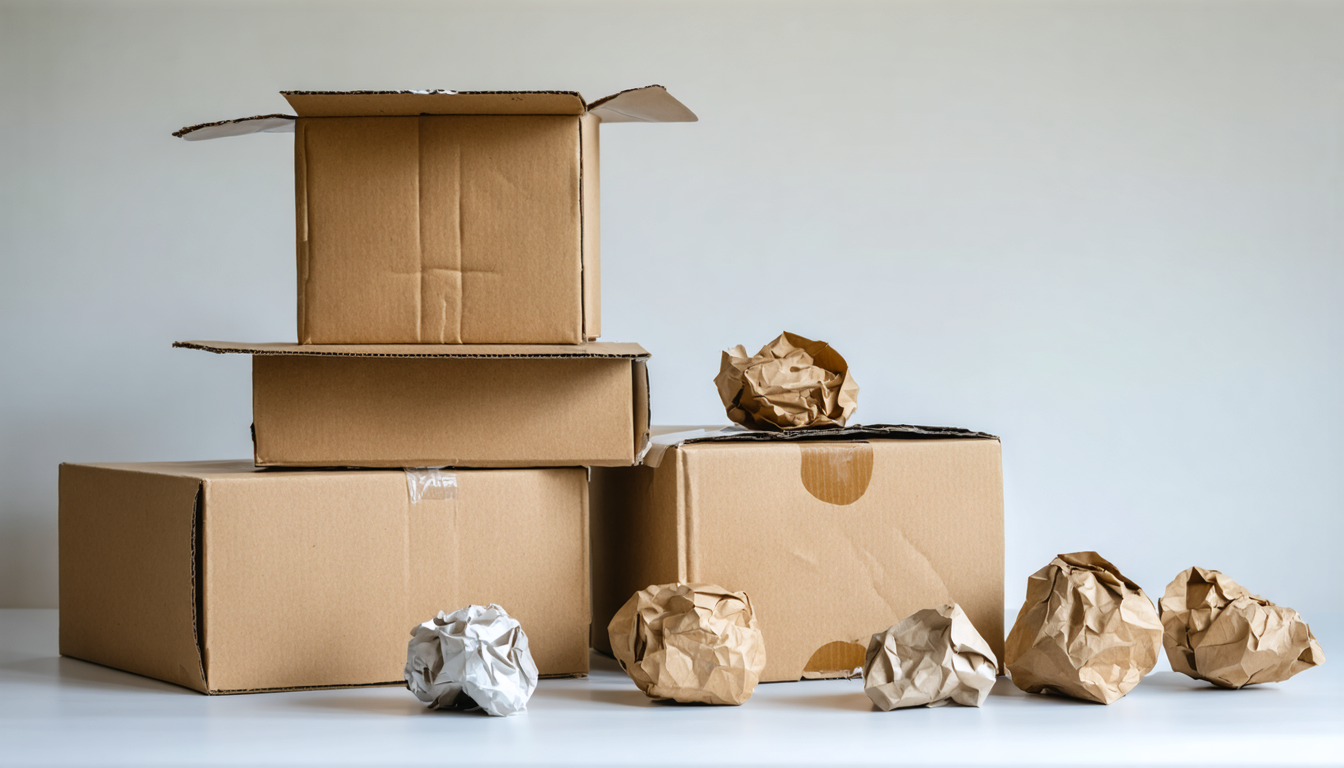
When it comes to packaging, it’s not just about getting your product to the customer—it’s also about how that packaging impacts the planet. Choosing recyclable materials for packaging is an easy way to make a positive environmental impact. So, let’s dive into how to make the right choices.
Recyclable packaging is one of the most sustainable choices for businesses. Common recyclable materials include cardboard, paper, glass, and certain plastics. Choosing the right material depends on product type, cost, and environmental impact. Let’s explore how to pick the most eco-friendly option for your needs.
Transition paragraph…
Understanding recyclable materials is the first step toward sustainability. But how do you choose the right one for your product?
What type of packaging material is recyclable?
Recyclable materials help reduce waste, but which ones are best for packaging?
The most common recyclable packaging materials include cardboard, paper, glass, aluminum, and some plastics. Each material has different recycling processes, but they all contribute to reducing environmental impact.
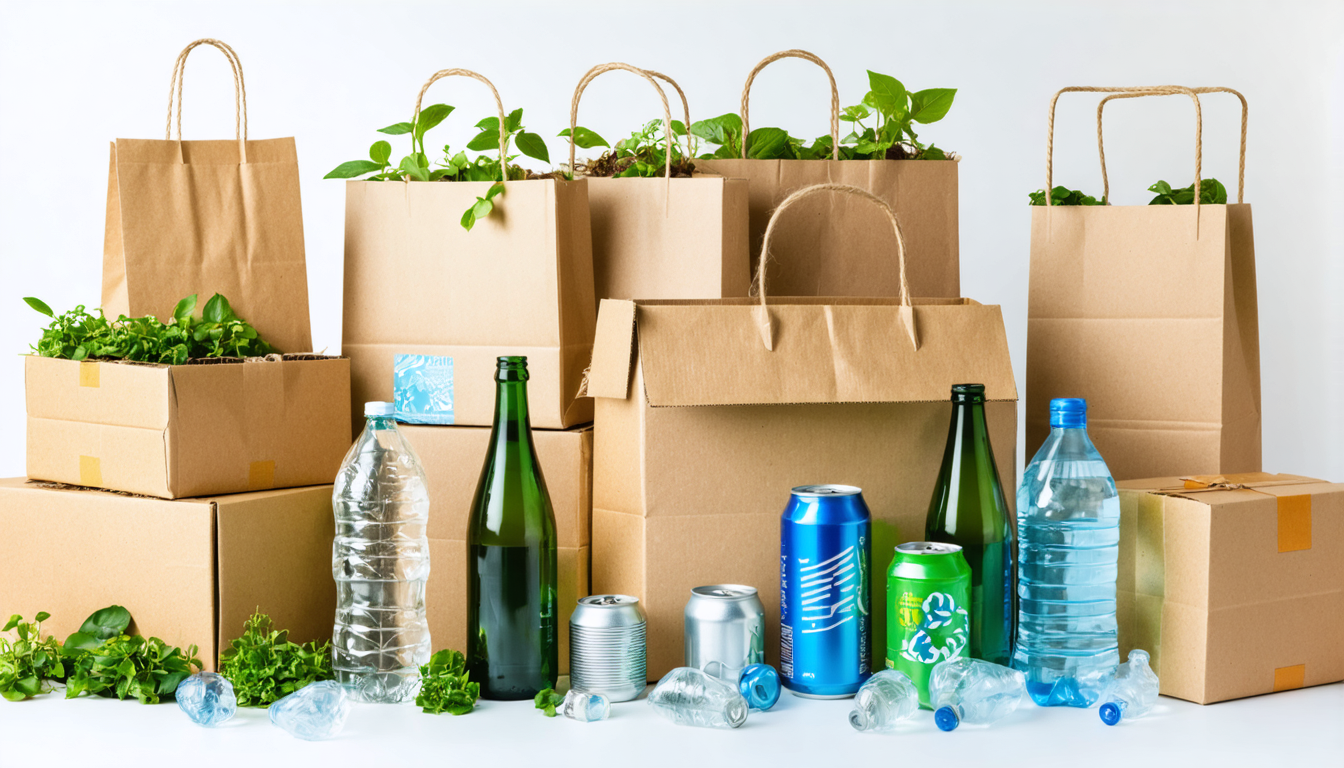
Cardboard and Paper: Versatile and widely accepted
Cardboard and paper are popular choices for packaging due to their recyclability and availability. They are accepted by almost all recycling programs and can be reused multiple times without losing quality. Moreover, they’re biodegradable, meaning they won’t harm the environment if they end up in landfills. In the EU, cardboard and paper are typically categorized under the European Union’s Packaging and Packaging Waste Directive, which mandates recycling targets of 85% for paper-based materials.
Glass: Sustainable, but heavy
Glass is 100% recyclable and can be recycled infinitely without losing quality. It’s ideal for items like beverages or beauty products. However, its weight increases shipping costs, which can be a consideration in choosing packaging. According to EU standards, glass must be recycled at a minimum rate of 70% under the Packaging Waste Directive, helping reduce the environmental impact of manufacturing new glass products.
Aluminum: Lightweight and recyclable
Aluminum is another excellent recyclable material used for packaging, particularly for food and beverages. It’s lightweight, durable, and often recycled into new products with minimal loss in quality. However, while aluminum is highly recyclable, it has a higher carbon footprint in its production compared to some other materials. The EU also mandates that aluminum packaging must be recycled at least 50% by weight, according to their recycling targets for metals.
Plastics: Mixed results
Not all plastics are recyclable, and some, like single-use plastic, have a negative environmental impact. However, certain plastics, like PET (Polyethylene Terephthalate), are widely recycled, especially in food and beverage packaging. It’s crucial to check the recyclability of the specific plastic used in your packaging. The EU has been tightening regulations around plastic waste, with the European Strategy for Plastics in the Circular Economy aiming for 100% recyclability of all plastics by 2030.
How to choose eco-friendly packaging?
Choosing eco-friendly packaging requires balancing environmental impact, cost, and functionality.
Eco-friendly packaging prioritizes sustainability. Look for materials that are recyclable, biodegradable, or compostable. Make sure your choice aligns with the product’s needs and environmental goals.
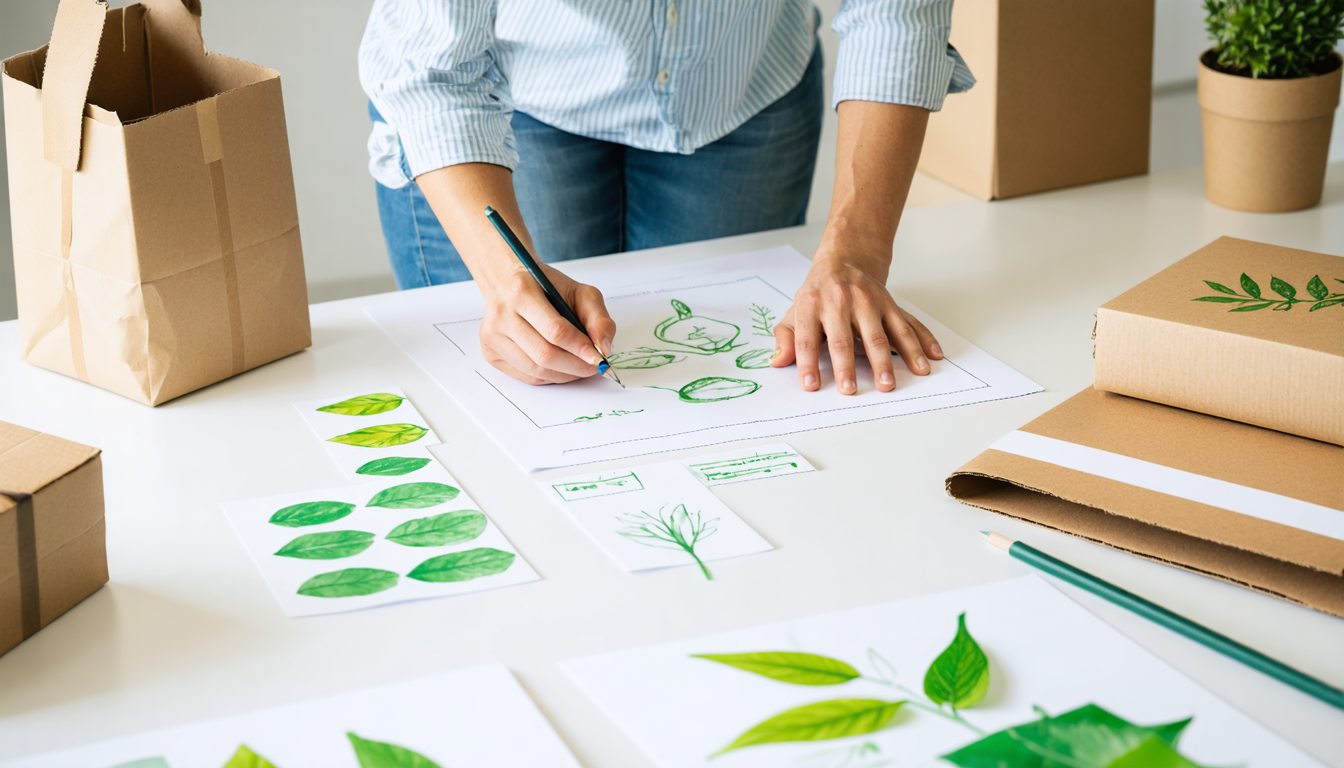
Consider the material’s carbon footprint
When choosing eco-friendly packaging, start by evaluating the carbon footprint of the material. Some materials, like paper and cardboard, have a lower carbon footprint in production compared to others like plastic. For example, paper can be recycled into new paper products, while plastic often requires more energy to recycle. The EU Green Deal supports this by pushing for a more sustainable, low-carbon economy, emphasizing the importance of reducing packaging-related carbon emissions.
The end-of-life cycle
Think about the material’s end-of-life process. Some materials are biodegradable, like paper and cardboard, which means they can break down naturally without harming the environment. Others, like glass and aluminum, can be recycled infinitely without losing quality. The EU Waste Framework Directive requires that all packaging waste is managed in an environmentally sound manner, promoting recycling and reducing landfill usage.
Recycled content
Choosing packaging that contains recycled content is another step toward sustainability. This reduces the need for virgin materials, conserving resources and reducing waste. Many eco-conscious companies now offer packaging made from recycled materials like post-consumer recycled (PCR) plastics or recycled paper products. The EU’s Circular Economy Action Plan encourages businesses to adopt recycled content, particularly in plastic packaging, and aims to increase the use of recycled materials across various industries.
What is the most recycled packaging material?
Among the most recycled packaging materials, glass and aluminum stand out due to their infinite recyclability.
Glass and aluminum are the most recycled packaging materials. They can be recycled endlessly without losing quality, making them top choices for eco-friendly packaging.
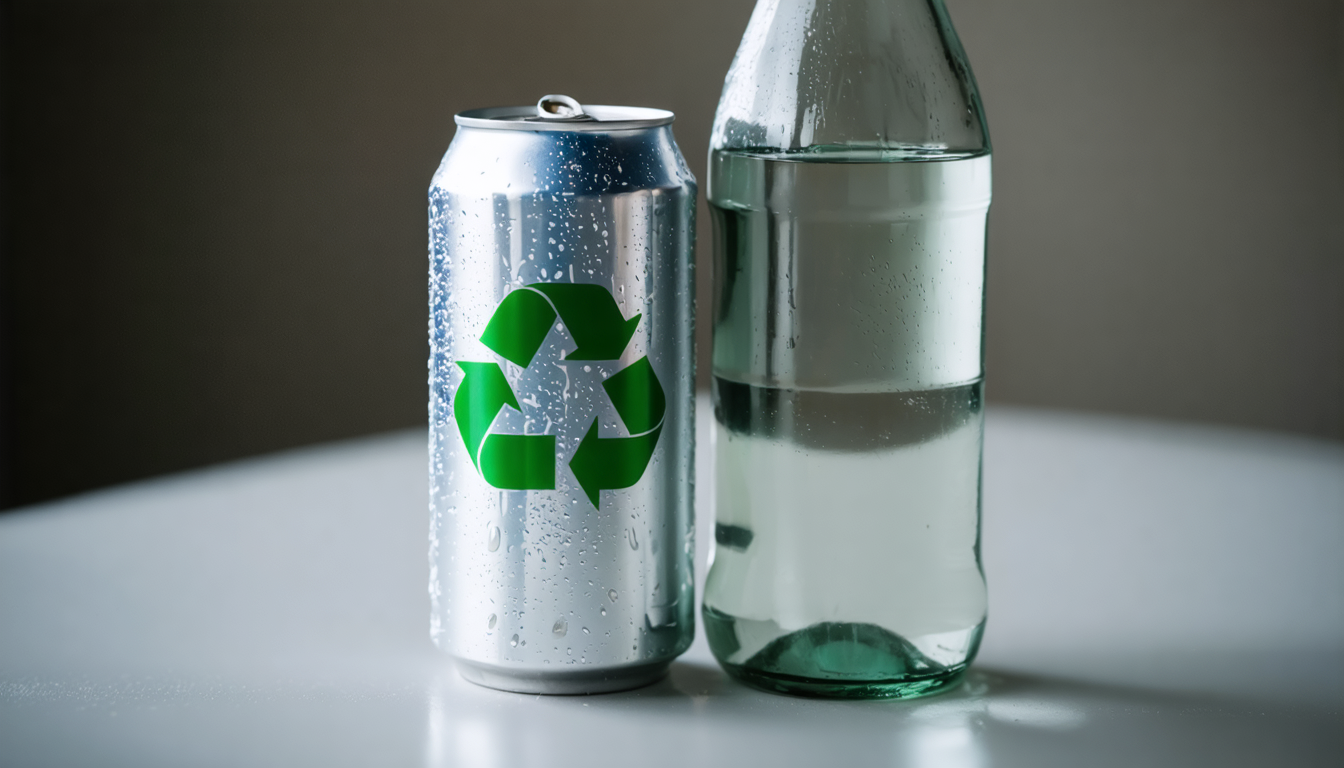
Glass: Infinite recycling
Glass can be recycled infinitely without losing its quality. It’s used in a variety of products, including beverages and beauty products. The key benefit of glass is that it can be recycled repeatedly without degrading. However, it’s heavier and more prone to breakage, which can increase shipping costs. The EU’s Packaging Waste Directive ensures that at least 70% of glass packaging is recycled, promoting sustainable packaging solutions for industries across Europe.
Aluminum: A powerhouse for recycling
Aluminum is another packaging material with an impressive recycling record. It’s lightweight, durable, and easily recyclable. Companies that use aluminum cans or packaging can significantly reduce their environmental impact by recycling the material back into new cans, reducing the need for virgin resources. According to the EU Packaging Directive, aluminum packaging must meet a recycling target of 50%, contributing to the EU’s broader goals of reducing waste and promoting circular economy practices.
How to make eco-friendly packaging?
Creating eco-friendly packaging is about more than just choosing the right material—it’s about how you design and produce it.
Eco-friendly packaging is created by choosing sustainable materials, designing for recyclability, and reducing excess. The goal is to minimize waste and energy use throughout the packaging lifecycle.
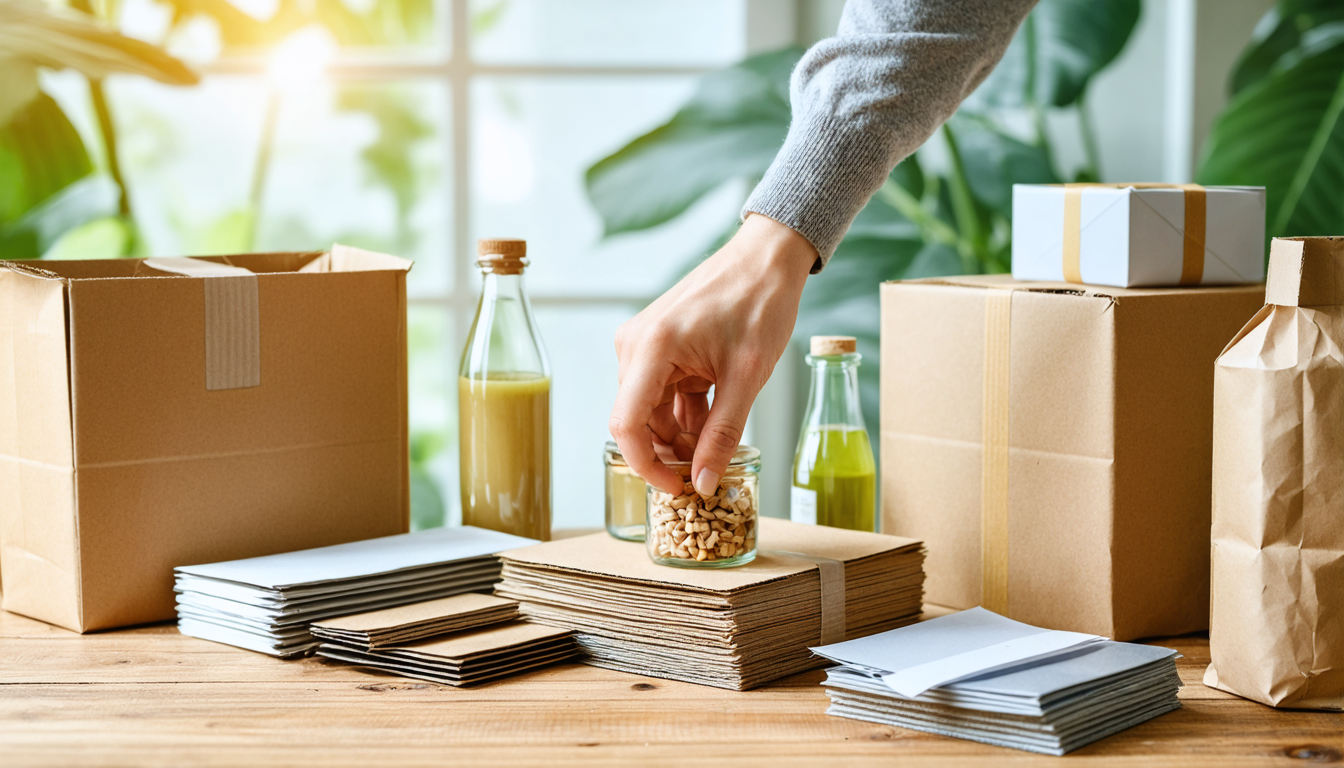
Minimize packaging waste
One of the most straightforward ways to create eco-friendly packaging is by minimizing waste. Avoid excessive layers or unnecessary packaging elements. A well-designed package uses the least material while still protecting the product. For instance, if you’re shipping a bottle, you don’t need an oversized box to protect it—just the right amount of padding will do. The EU encourages this approach through the EU Ecodesign Directive, which promotes design practices that minimize material waste.
Consider biodegradable and compostable options
While recycling is important, not all materials are suitable for all products. For products that may not be recyclable, look for biodegradable or compostable materials. These materials break down more quickly and leave a smaller environmental footprint. For example, mushroom packaging, made from agricultural waste, is a biodegradable alternative to traditional foam. The EU’s Compostable Packaging Guidelines support the use of biodegradable alternatives in certain applications.
Opt for sustainable inks and adhesives
The sustainability of packaging extends beyond the material itself. Even the inks and adhesives used should be eco-friendly. Soy-based inks, for example, are a more sustainable option compared to traditional petroleum-based inks, which are toxic and harder to recycle. The EU Eco-label encourages the use of environmentally friendly inks and adhesives in packaging, promoting safer products for both consumers and the environment.
Conclusion
Choosing recyclable materials for packaging is a simple but impactful way to reduce environmental harm. Whether you’re using cardboard, glass, or aluminum, each material has its strengths. By making informed decisions and following EU sustainability standards, we can all contribute to a greener, more sustainable future.

